RESEARCH ▼
MORE IMPORTANT THAN THINKING IS WHAT MAKES YOU THINK
EXHIBITION VISIT AND ARTIST TALK WITH SIRI HERMANSEN IN COLLABORATION WITH VILLA CONCORDIA
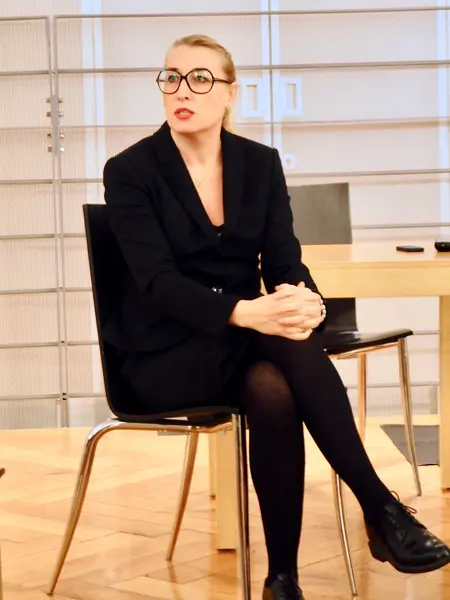
:::::::::::::::::::::::::::::::::::::::::::::::::::::::::::::::::::::::::::::::::::::::::::::::::::::
SHORT PROFILE
Name: Siri Hermansen
Field: Artistic Research
Country: Norway
Occupation: Visual Artist
Research Interests: Affects in societies that are undergoing deep economic, environmental or cultural changes
:::::::::::::::::::::::::::::::::::::::::::::::::::::::::::::::::::::::::::::::::::::::::::::::::::::
▐ What is more important than thinking is what makes you think. Siri Hermansen cultivates this idea by investigating social issues and their economic, cultural, and environmental changes.
The Oslo-based artist uses the approach of an artistic researcher with an intimate aesthetic. The shown works combining photography, film and installation provide a micro-perspective into the territorial conflict of Israel and Palestine and the impact on cross-border commuters and the breeding-sites of birds. In collaboration with Internationales Künstlerhaus Villa Concordia in Bamberg, doctoral students and professors of the Graduate School visited Siri Hermansen's exhibition "Dreaming in the Stonebed Valley" that was shown at Villa Concordia. The visit is supposed to give our doctoral students insight into a different mindset where an artist works as scientific researcher. Hermansen shows how the lines between art and science can become indistinct.
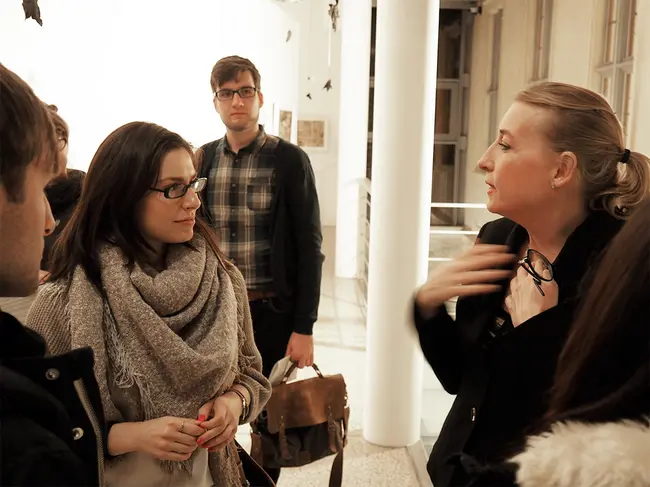
........................................................................................................................................................
// The Artist
Siri Hermansen was born in Geneva, Switzerland in 1969 and now lives and works in Oslo, Norway as a filmmaker, photographer and installation artist. She finished her Bachelor's degree (BFA) at Parsons School of Design in Paris, France where she also graduated (MFA) from the Ècole nationale supérieure des beaux-arts (ENSBA) in 1997. Years later in 2016, she acquired her doctorate on "Dreaming in the Stonebed Valley" from The National Artistic Research Fellowship Programme (KHIO) in Oslo Norway. Through her artistic practice, Hermansen is investigating unforseen affects in societies that are undergoing deep economic, environmental or political changes. Her work offers unusual micro-perspectives on contemporary methods of survival and processes of adaption from societies that can be considered as uncertain zones. Her artistic research method resembles a form of shared anthropology where the outcome of the material is dependent on the interrelations created on location, and the artist’s personal experience of the place.
+Visit her personal webiste here
........................................................................................................................................................
// Body of Work
In the last ten years Hermansen's work has been focused on places which have gone through large processes of change either politically, environmentally, culturally or economically. She has been interested in what change constitutes, what does it look like visually when upheavals take place that affect a substantial amount of people in places that have been overexposed in the media like Chernobyl or Detroit.
As one of her first projects of her career as an artist, Hermansen published photographs of the abandoned Russian mining town of Pyramiden (The Pyramid) in Lapland. Mining activity at Pyramiden came to an end in 1996 after many decades of coal extraction. The discontinuation was apparently a consequence of Perestroika, of the transition to a more market-oriented economic policy, and changes in the global balance of power. All human activity in the little community of between 800 and 1000 inhabitants was wound up in the course of a mere three months. Pyramiden striked the artist as extreme, both on the individual, private level, and in its public spaces. The place can be viewed as an icon of socialist/communist high culture, and the importance thereof for the people and the community, with everything concentrated in an utterly improbable location. As a child of the cold war, Hermansen found the Pyramid to be a prime example for life in a communist country.
In 2012, Hermansen travelled to Chernobyl for her first activity as part of her doctoral thesis. She let herself be navigated from a subjective perspective and this micro perspective allows an insight into the large scale problem. This method is the underlying narrative for her film Chernobyl Mon Amour. She was heavily critizised for boiling the catastrophe up again. But the focus of her film is not on the catastrophe itself, but around the catastophe. The project zooms in on Hermansen's meetings with two state-employed guides, Dennis and Maxim. Following their subjective perspectives and relationship to the zone, the project touches on the mysterious ability of both man and nature to adapt to the radioactive air. The film discovers that paradoxical realities can live side by side in the human body and mind, as well as in nature, and that this is in itself is a survival strategy. One of the guides revealed to her that Chernobyl was his paradise to him and this sentenced shaped her PhD project as a whole. She realized that if you speak with people and take their word seriously, you can find a part of reality which is outside of reason somehow but which is still human.
On the total opposite of the spectrum lies her following film project Land of Freedom on Detroit, since it sheds light onto Capitalism. The film explores what can grow out of the financial catastrophy that has ruined The Motor City, Detroit during the past decades. The industrial and financial collapse has dramatically changed a city that was once one of the most booming cities in the United States. Detroit was once a proven symbol of the success of capitalism and was at the forefront in terms of the development of a black middle class. In sharp contrast, Detroit today is one of the most unproductive and under-priveliged cities in the United States. Crime, poverty, unemployment and a collapsed health and educational system are evident everywhere. Hermansen lived with a group of urban famers, participated in their daily life activites and talked to them about life, death and love in a research group whilst revealing a lot of herself as a person.
........................................................................................................................................................
// The Exhibition
With Siri Hermansen’s solo exhibition Dreaming in the Stonebed Valley, the audience of the Internationales Künstlerhaus Villa Concordia in Bamberg was invited to take a step into the highly political minefield of the territorial conflict between Israel and Palestine. The point of departure for this exhibition was in and around the Israeli controlled Jerusalem and the bordering zone of Palestinian controlled Bethlehem. The exhibition featured a film, ten documentary photographs and a large sculptural tree installation. The film Dreaming in the Stonebed Valley showed two muted men representing opposite positions of the territorial conflict. These stories conveyed the extent to which humanity, nature, and politics are all interconnected and affected in different ways by the long-term conflict between Israel and Palestine. More specifically, these two parallel stories revealed how the ongoing conflict turns what is abnormal and presumably temporary into something normative that exists and continues to adapt over time.
For this project, funded by the Norwegian government as part of her National Artistic Research Fellowship Programme, Hermansen spent six weeks in Jerusalem. She taught at the Art Academy, met with museum curators and was invited to demonstrate with Israeli activists. She documented the demonstration but not as a journalist. A group of artists met with Hermansen and one of them created a bird sanctuary in the 90s to protest the building activity on the West Bank taking away the land of migrating birds. The story of this bird sanctuary tells the story of how activism and protest gets so worn out during long term catastrophes or conflicts. The sanctuary is situated just below the Knesset (Prominent location near Israel's Capitol Hill and the Supreme Court) while the urbanisation of rural areas continues. It has been upswerved by politics. By accepting this, the group of artists are accepting Israeli politics, accepting the opposite of what they were protesting 20 years ago. And they still call themselves activists – but they are not. It's this numbness that appears. The film shows the paradox of how the activists are proud of their protest but simultaneously accept Israeli politics. ◼
........................................................................................................................................................
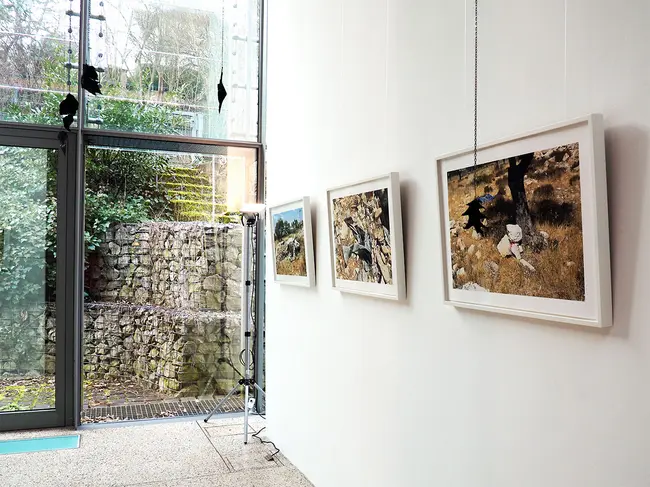
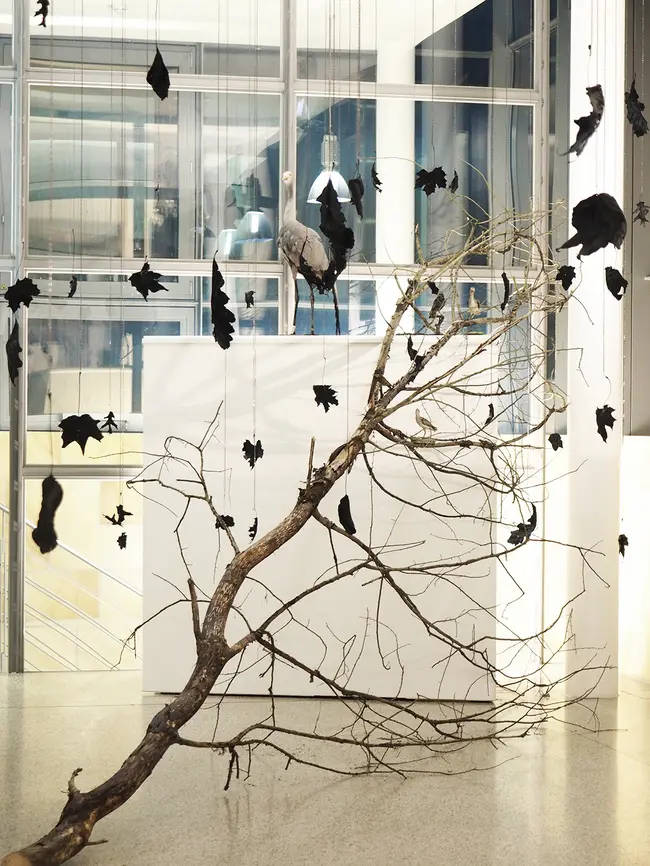
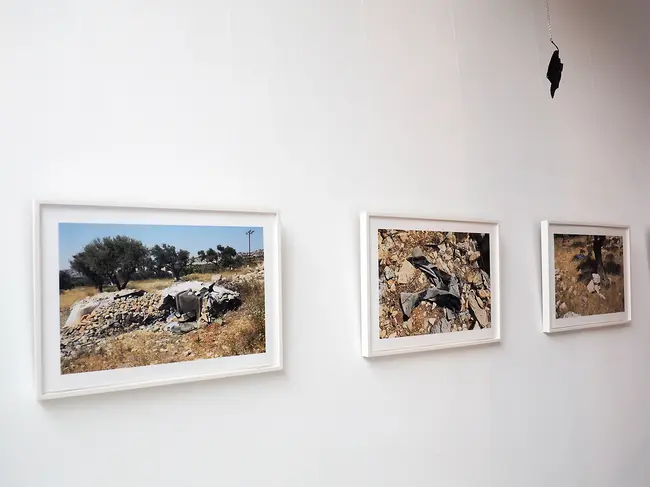
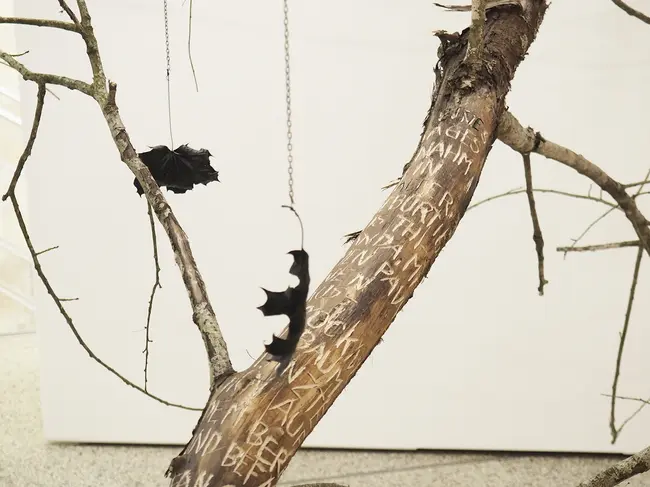
........................................................................................................................................................
MAIN PAGE | CONTACT | LEGAL | PRIVACY POLICY | DATENSCHUTZ | IMPRESSUM
© Bamberg Graduate School of Social Sciences
Image Credits: © Bamberg Graduate School of Social Sciences